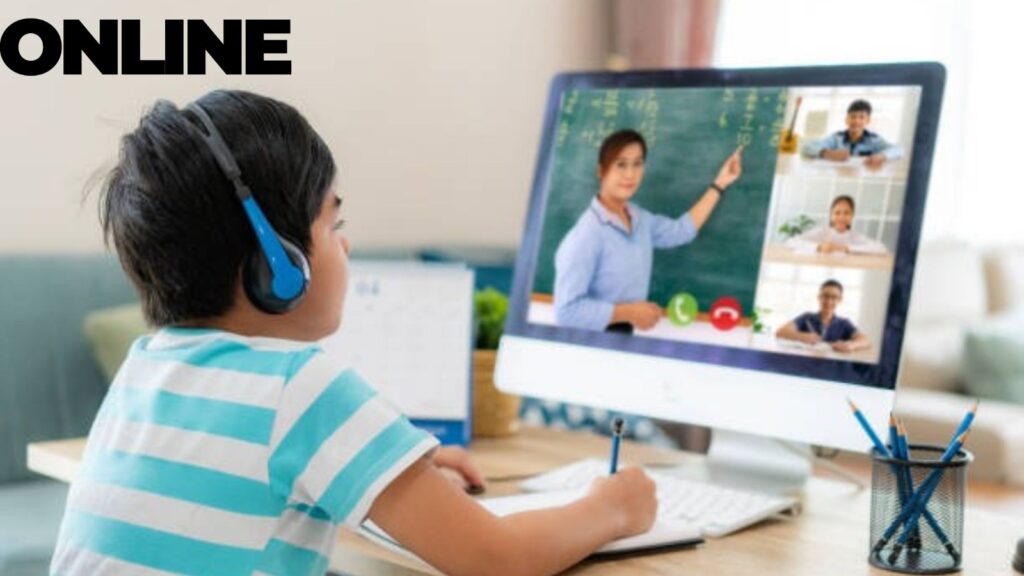Education is the foundation of growth, and in today’s world, it comes in two powerful forms—online and offline. Both have their own strengths, challenges, and opportunities. Whether you are a student, a teacher, or a parent, understanding the differences between the two can help you make better learning choices.

What is Online Education?
Online education uses the internet and digital tools like video lectures, e-books, and virtual classrooms. It allows students to learn from anywhere, at any time. With platforms like Zoom, Google Classroom, and Coursera, learning has become more flexible and global.
Advantages of Online Education:

- Learn from the comfort of home.
- Access to worldwide teachers and resources.
- Flexible schedules for working professionals or homemakers.
- Cost-effective compared to traditional education.
Challenges of Online Education:
- Requires a good internet connection.
- Less face-to-face interaction.
- Self-discipline is necessary.
What is Offline Education?

Offline education is the traditional method of learning in physical classrooms with teachers and classmates. Schools, colleges, and training institutes follow this model.
Advantages of Offline Education:
- Direct interaction with teachers.
- Better focus due to classroom discipline.
- Hands-on learning experiences (labs, activities).
- Builds social and communication skills.
Challenges of Offline Education:
- Fixed schedules—less flexibility.
- Travel time and expenses.
- Limited access to global resources compared to online.
Online vs Offline: A Balanced Approach
Neither online nor offline education is perfect on its own. A blended approach—known as hybrid learning—is becoming popular worldwide. It combines online flexibility with offline interaction, giving students the best of both worlds.

Conclusion
Education is not about choosing only online or offline—it’s about finding the method that suits your goals. For some, online learning is a blessing, while for others, offline classrooms create a stronger impact. The future of education lies in merging the two, ensuring that learning is accessible, effective, and engaging for everyone.